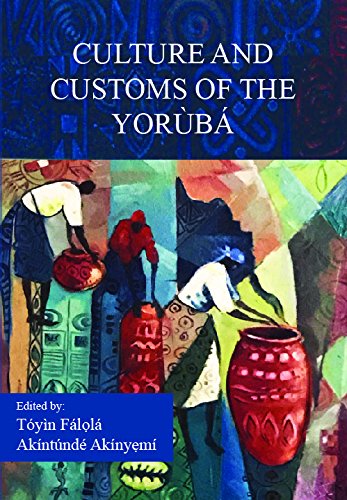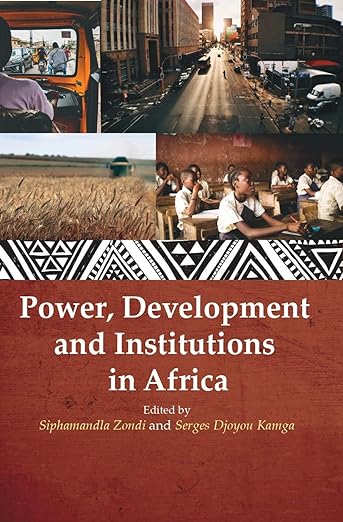Bridging African Boundaries by Anthony Asiwaju
₦7,000.00
Description
Bridging African Boundaries is an endeavour akin to raising a child in a communal African society,
a duty that rightfully requires the participation of all. Thus, to successfully bridge African
boundaries, we must consult historical happenstances made available to us through historical
records, books, and archival materials, study the patterns, and map out a plan. This strategy is not
lost on Prof. Asiwaju, whose first book in his latest body of work begins with a period that has
taken centre-stage in discourses about Africa’s present predicament and seemingly
hard-to-foresee upward movement — the colonial era. A comparative study of French and English
colonialism, with Yorubaland as the case study and first published in 1979, the first book in
Asiwaju’s compendium was an immediate hit all over the world. And there is a reason for that: it
was the first attempt at a comparative case study of Africa’s two most common colonial
administrative systems.
Prof. Asiwaju’s comparative case study of the Yoruba in France-colonized
Dahomey and Britain-colonized Western Nigeria is a rich historical text of the cultural and
economic significance of the partitioning of Yorubaland in 1889 and its effects on the Yoruba
people till today. Before this period, did the Yoruba people see themselves as one nation? Due to
the partitioning, has there been any shift in the identity of the Yoruba people on either side of the
divide? The author walks us through the foundational origins of the Yoruba people on both divides
of the colonial partition — Oyo, Benin, Sabe, and Ketu — and how these foundational origins are all
tied to Ile-Ife, deemed the historical founding centre of the Yoruba culture and civilization.
Asiwaju’s narrative is refreshing, exciting, and expository in a way that makes it easy for
non-academics to enjoy and tap valuable lessons from it. Of truth, it is one of the most profound
books I have read on the pre-colonial history of the Yoruba people. Another commendable thing
about this masterpiece is its reader-friendly structure.
Prof. Asiwaju’s 962-page compendium is
divided into books, parts, chapters, and sub-topics under each chapter, which makes it easier to
consult the book without necessarily reading all the pages — although I strongly recommend that
you find time to read all the pages, as it is not every time we encounter such a historically rich text
as this. The second book in the compendium, West African Transformations: Comparative Impacts
of French and British Colonialism, is a more elaborate comparative historical study of West Africa
under European rule, which uses not only the Yorubaland as a case study, but also adopts some
other parts of West Africa, such as Borgu, Mono, Zou, and Opara, to mention a few. Professor
Asiwaju’s work highlights the disruption caused by colonization and its attendant partitioning of
the African peoples. The colonizers, who did not conduct any preliminary research into the
relationships or cultural and economic affiliations of the African people, divided the continent at
the Berlin Conference of 1884 -1885 like a piece of cake shared among schoolchildren, a move
that permanently affected the inter-geographical and inter-cultural relationships of the African
people to date.
Professor Asiwaju brilliantly walks us through the heightened periods of the Oyo and Benin
empires and how the fall or decline of both empires, coupled with Fulani Jihadist and intra-Yoruba
wars, led to a weakening of political strongholds across the region. These periods, which
coincided with the spark of European interests in the western side of the continent, the
dehumanizing period of the slave trade and mass migration to and from West Africa, resulted in
an increase in cross-border relations and institutional adaptation among peoples who once prided
themselves in the autonomy of their individual city-states. Boundaries and African Integration:
Essays in Comparative History and Policy Analysis, the compendium’s third book, taps into
historical data and proofs to show the possibility of impactful cross-border relationships among
African states. Looking back, cultural and ethnic differences abounded among autonomous
city-states, even those with shared foundational affiliations. These differences led to
disagreements, wars, and conquests; still, there were blossoming mutual economic arrangements
and agreements between these city-states. In the same vein, the Africa of today must catapult
itself out of a sad, lamentable, self-loathing position, not by forgetting its past or the injustices of
the colonial era but by drawing strength from its sufferings and resolving to be the better for what
it has gone through.
The world has witnessed bitter wars—the World Wars being two—yet, we see countries that were
erstwhile sworn enemies coming together to form pacts, making agreements that would be of
mutual benefit, advancing their causes, and helping them become better and stronger countries.
Africa needs a cohesive, mutually beneficial unification that does not necessarily have to deprive
each nation-state of its autonomy but serves to strengthen each member of the unified body. For
this, there is the need for forward-thinking progressivists at the helm of affairs who are also
students of history—not by obtaining degrees in history but by reading about cross-border
relations in pre-colonial, colonial, and early post-colonial Africa. For such leaders, Prof. Anthony
Asiwaju’s three-part compendium, a product of his intellectual sweat and academic sojourn and
pursuit, is the right blueprint.






Reviews
There are no reviews yet.